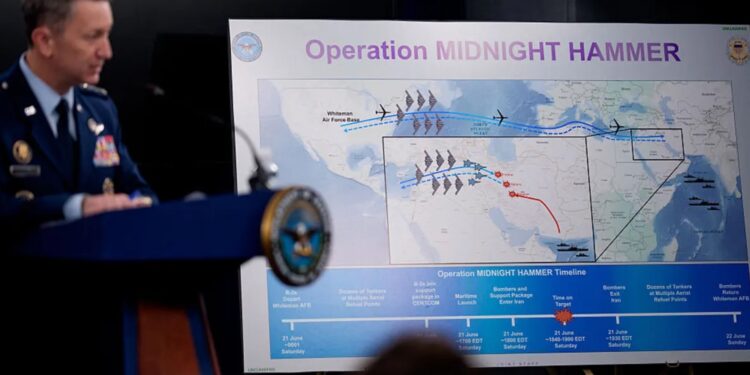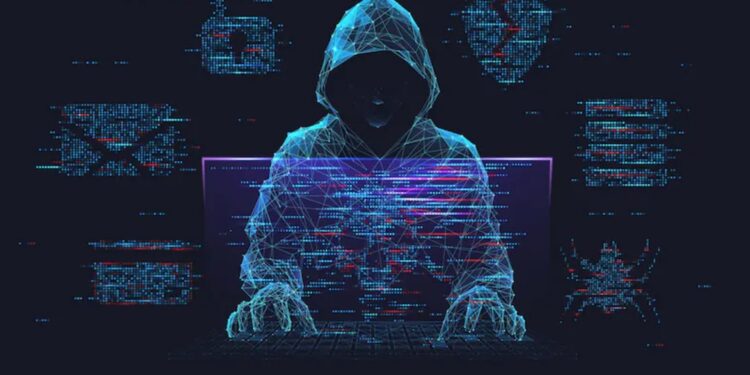The Department of Homeland Security (DHS) has issued a stark warning regarding a significantly heightened cyber threat to U.S. networks and critical infrastructure, as the United States officially deepens its involvement in the ongoing conflict with Iran. Following recent U.S. military actions against Iranian nuclear facilities, DHS cautions that Iranian government-affiliated operatives and sympathetic hacktivist groups are highly likely to launch retaliatory cyberattacks.
The bulletin, released Sunday, underscores the immediate need for organizations across all sectors, particularly those managing critical infrastructure like water utilities, energy grids, and financial institutions, to bolster their digital defenses. Experts warn that while Iran’s cyber capabilities may not match those of major global powers, their intent to disrupt and sow discord is significant, making poorly secured systems prime targets.
Reports indicate that pro-Iranian hacking groups have already initiated attacks targeting U.S. banks, defense contractors, and oil companies in the days following the U.S. strikes. These attacks, while not yet causing widespread disruptions, serve as a clear indicator of escalating digital hostilities. Cybersecurity firms and intelligence analysts report a surge in Iranian hacktivist activity, including distributed denial-of-service (DDoS) attacks and attempts to exploit vulnerabilities in internet-connected devices.
John Hultquist, a chief analyst at Google Threat Intelligence Group, noted that the likelihood of disruptive cyberattacks against U.S. targets by Iranian actors has substantially increased. He emphasized that while Iran often exaggerates the impact of its operations for psychological effect, the consequences for individual enterprises can be severe.
DHS and FBI officials have been actively briefing state governors and local authorities on the evolving threat landscape, urging vigilance and immediate implementation of enhanced cybersecurity measures. Recommendations include strengthening passwords, deploying multi-factor authentication, patching all internet-facing assets, and continuously monitoring networks for unusual activity.
The advisory also highlights the potential for physical threats, with an increased risk of antisemitic violence and extremist acts within the U.S. homeland, especially if Iranian leadership issues a religious ruling calling for retaliatory violence.
As tensions mount, the U.S. government remains committed to working with private sector partners to mitigate these risks. The current situation demands a unified and proactive approach to cybersecurity, recognizing that the conflict’s digital dimension could extend far beyond the immediate geographical boundaries of the conflict zone.
















